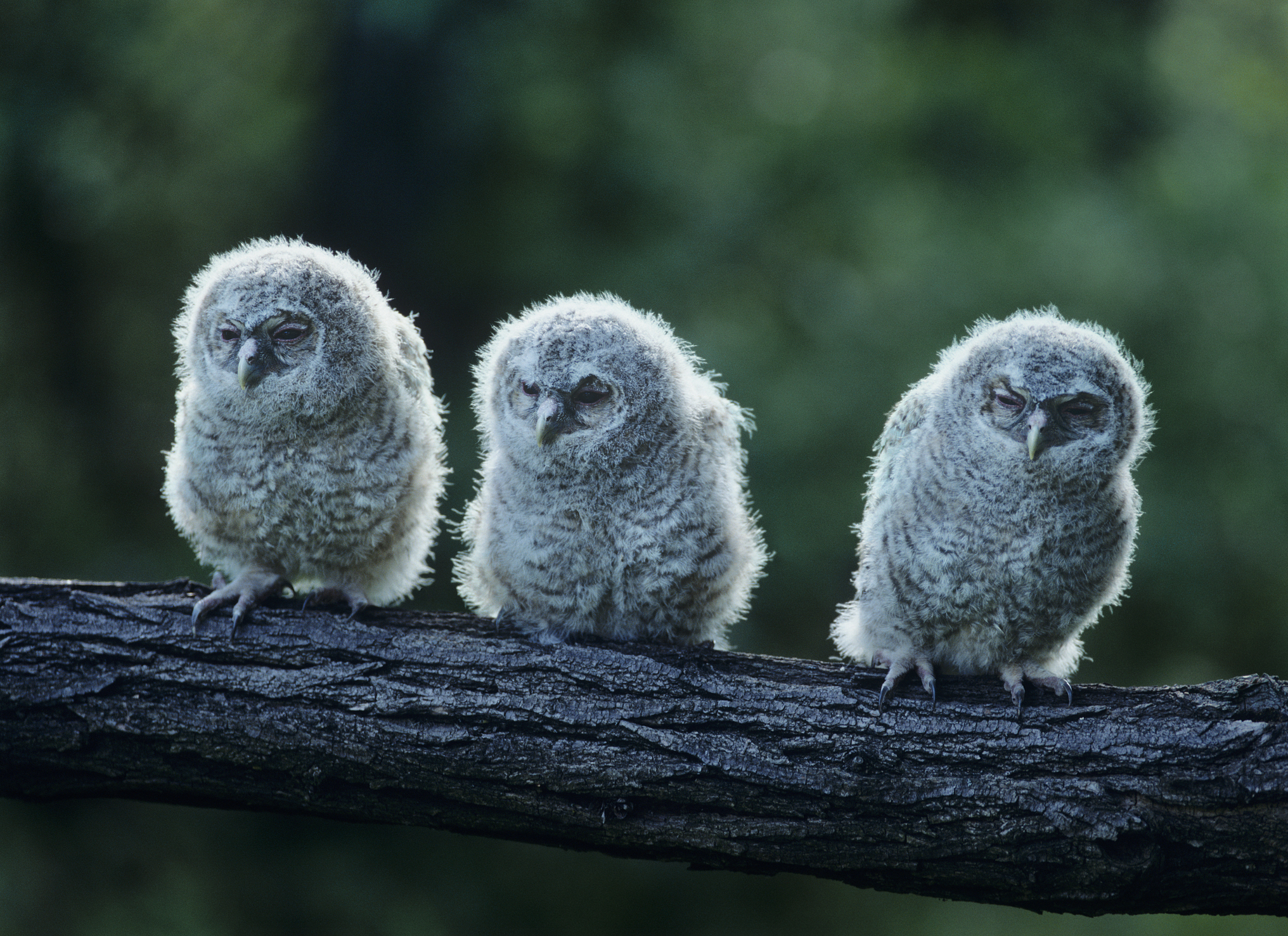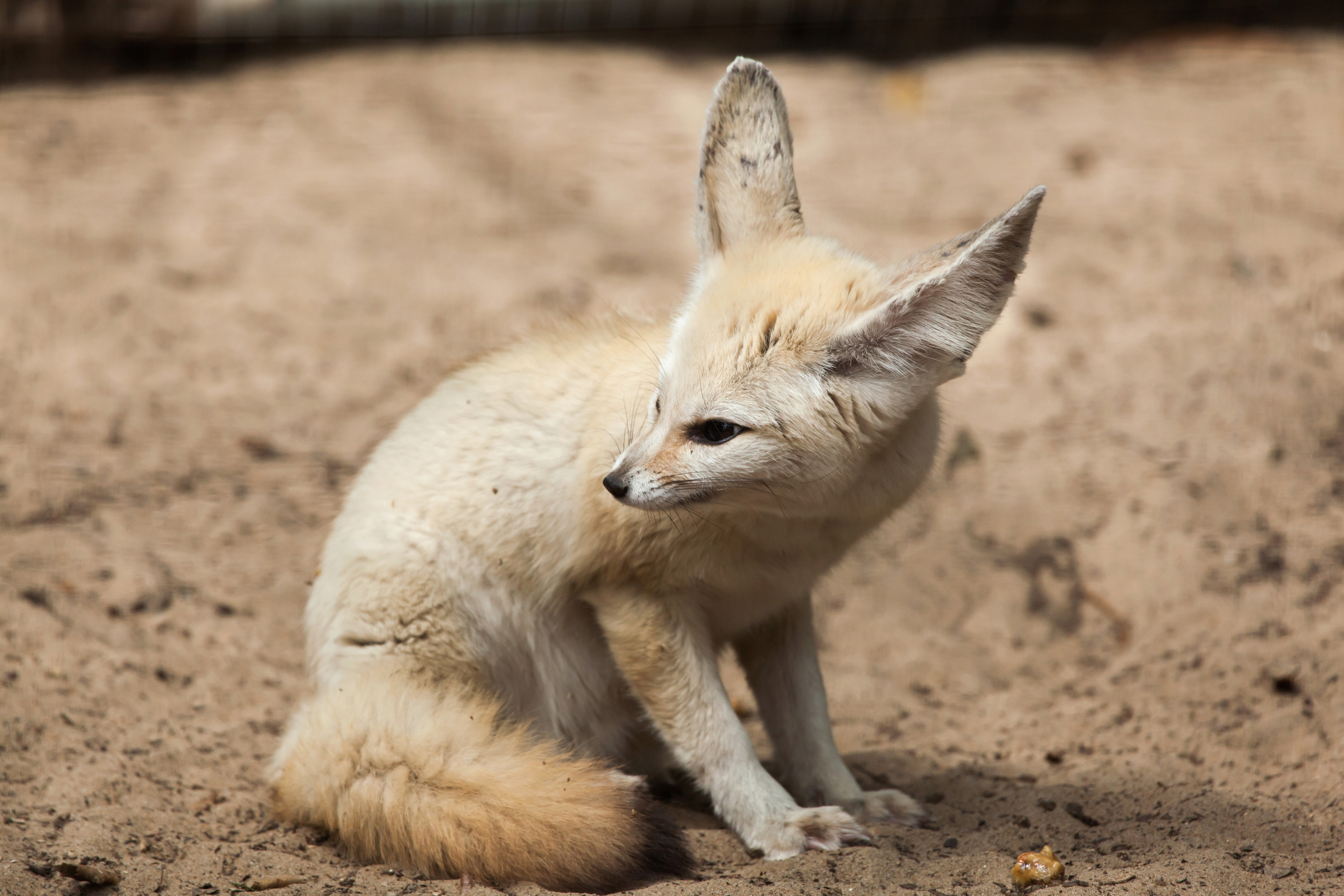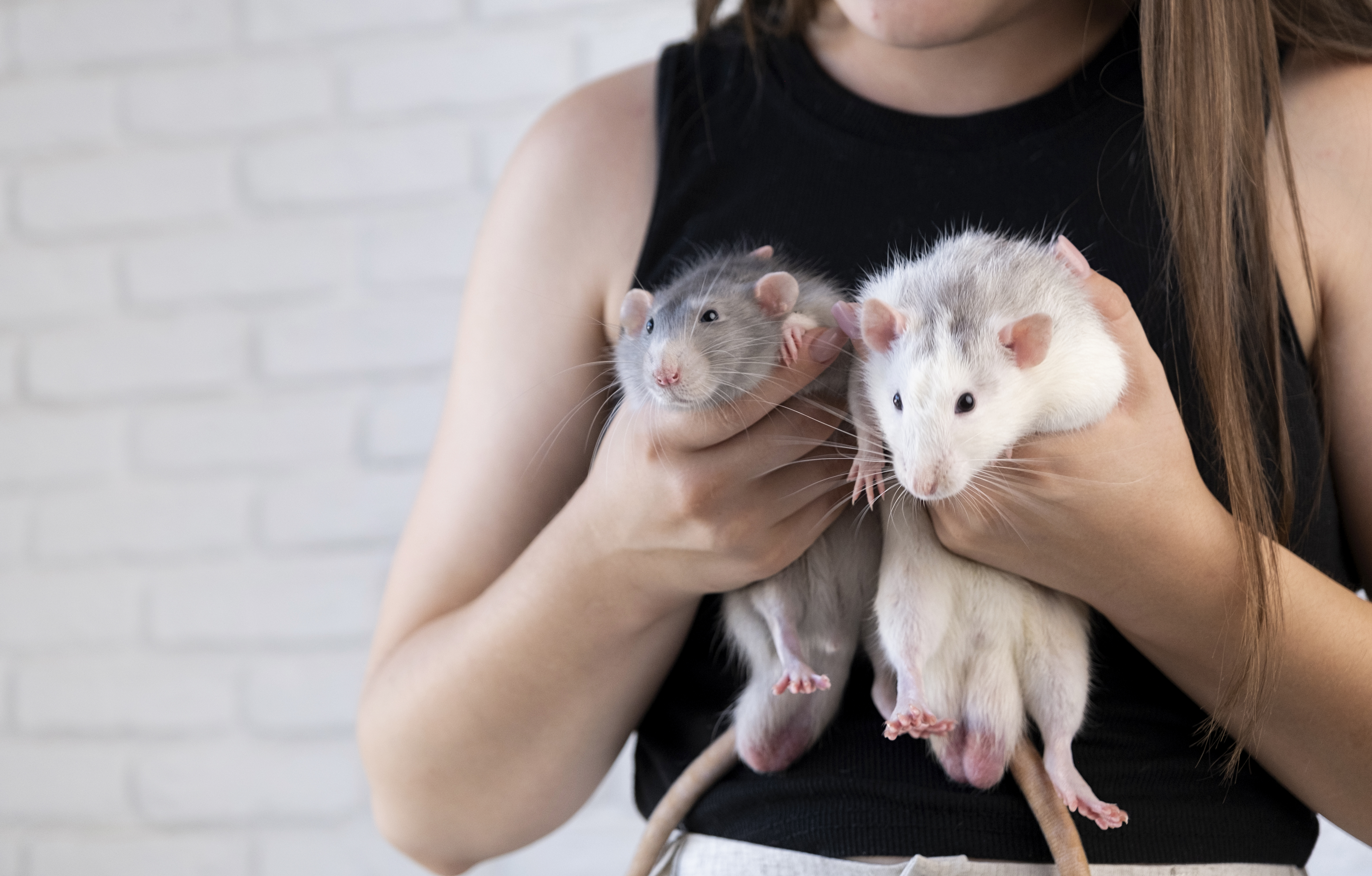Diving Deep into the Mystery and Marvel of the Nocturnal Animal Kingdom: An Insightful Top 18 Listicle
The animal kingdom is a vast, diverse, and fascinating realm, teeming with myriad species, each with its unique set of behaviors, adaptations, and lifestyles. One such intriguing aspect of animal behavior is nocturnality - the adaptation of being active during the night and resting during the day. This adaptation allows these creatures to exploit resources and environments that diurnal (day-active) animals cannot, thus reducing competition and predation. This article will take you on a journey into the mysterious and marvelous world of the nocturnal animal kingdom, exploring 18 distinct aspects of their lives, behaviors, and adaptations.
The Evolution of Nocturnality

The transition from a diurnal to a nocturnal lifestyle in animals is a fascinating study of evolution. This adaptation is believed to have evolved to avoid predation and competition for resources. For instance, some animals evolved to become nocturnal to avoid the heat and aridity of the day in desert environments. Others may have become nocturnal to exploit certain food resources available only at night. This section will delve into the various theories and studies related to the evolution of nocturnality in animals.
Nocturnal Vision

One of the most significant adaptations in nocturnal animals is the evolution of enhanced night vision. Animals such as owls, cats, and tarsiers have developed various adaptations like larger eyes, a higher number of rod cells in the eyes, and a reflective layer behind the retina called the tapetum lucidum, which enhances their ability to see in low light conditions. This section will explore the fascinating science behind nocturnal vision.
Echolocation

Some nocturnal animals, like bats and certain species of dolphins and whales, have evolved an extraordinary sensory adaptation called echolocation. This ability allows these creatures to navigate and hunt in complete darkness by emitting sounds and analyzing the echoes reflected back from objects in their environment. This section will delve into the intriguing world of echolocation and how it works.
Nocturnal Communication

Communication is vital for survival in the animal kingdom, and nocturnal animals have developed unique ways to communicate in the dark. From the ultrasonic calls of bats to the bioluminescent signals of fireflies, nocturnal animals use a variety of methods to communicate with each other. This section will explore the various modes of communication in the nocturnal animal kingdom.
Adaptations in Nocturnal Predators

Nocturnal predators have evolved a suite of adaptations to hunt effectively in the dark. These include enhanced senses of hearing and smell, stealth and ambush techniques, and specialized hunting strategies. This section will explore these adaptations in detail, focusing on specific examples from the nocturnal animal kingdom.
Adaptations in Nocturnal Prey

Just as predators have evolved adaptations for hunting, nocturnal prey species have also evolved various defensive adaptations for survival. These include camouflage, mimicry, warning signals, and escape behaviors. This section will delve into these adaptations, highlighting examples from various nocturnal prey species.
Nocturnal Herbivores

Not all nocturnal animals are predators or prey. Many are herbivores that have adapted to feed on plants, fruits, and seeds available at night. These animals, like the night monkey or the flying squirrel, have evolved specific adaptations to exploit these resources. This section will explore the world of nocturnal herbivores and their adaptations.
Nocturnal Insects

The world of nocturnal insects is a diverse and fascinating one. From moths and beetles to crickets and fireflies, these creatures have evolved a range of adaptations to thrive in the darkness. This section will delve into the diverse world of nocturnal insects and their unique adaptations.
Nocturnal Birds

While most birds are diurnal, a few have adapted to a nocturnal lifestyle. These include owls, nightjars, and kiwis, which have evolved various adaptations to hunt and survive in the dark. This section will explore the fascinating world of nocturnal birds and their unique adaptations.
Nocturnal Reptiles and Amphibians

Reptiles and amphibians make up a significant portion of the nocturnal animal kingdom. Many species of snakes, lizards, frogs, and salamanders are active at night, exploiting the cooler temperatures and reduced competition. This section will delve into the world of nocturnal reptiles and amphibians and their adaptations.
Nocturnal Mammals

Mammals make up a significant portion of the nocturnal animal kingdom, with species ranging from bats and rodents to big cats and primates. These creatures have evolved a range of adaptations to thrive in the darkness. This section will explore the diverse world of nocturnal mammals and their unique adaptations.
Nocturnal Fish

The world of nocturnal fish is a fascinating one. Many species of fish, like the anglerfish and the catfish, are active at night, exploiting the darkness to hunt or avoid predators. This section will delve into the world of nocturnal fish and their unique adaptations.
Nocturnal Animal Behavior

The behavior of nocturnal animals is a fascinating study in adaptation and survival. From hunting and feeding strategies to mating and social behaviors, nocturnal animals exhibit a range of behaviors that help them thrive in the darkness. This section will explore various aspects of nocturnal animal behavior.
Threats to Nocturnal Animals

Despite their adaptations, nocturnal animals face various threats, including habitat loss, light pollution, and climate change. These threats can disrupt their behaviors and survival strategies, leading to population declines. This section will delve into the various threats facing nocturnal animals and their potential impacts.
Conservation of Nocturnal Animals

Conserving nocturnal animals requires unique strategies, given their specific behaviors and adaptations. From creating dark sky reserves to reducing light pollution and preserving habitats, various measures can help conserve these fascinating creatures. This section will explore various conservation strategies for nocturnal animals.
The Role of Nocturnal Animals in Ecosystems

Nocturnal animals play crucial roles in ecosystems, from controlling pest populations to pollinating plants and dispersing seeds. Their activities help maintain biodiversity and ecosystem health. This section will delve into the various roles of nocturnal animals in ecosystems and their importance.
The Mystery and Marvel of the Nocturnal Animal Kingdom

The nocturnal animal kingdom is a realm of mystery and marvel, filled with fascinating creatures and adaptations. Their world is a testament to the incredible diversity and adaptability of life on Earth. This section will summarize the marvels of the nocturnal animal kingdom and the significance of understanding and conserving these creatures.
The nocturnal animal kingdom is a fascinating realm of adaptation and survival. From the evolution of nocturnality to the unique adaptations and behaviors of these creatures, there is much to marvel at and learn from these animals. By understanding and conserving these creatures, we can help preserve the rich diversity and health of our planet's ecosystems.







